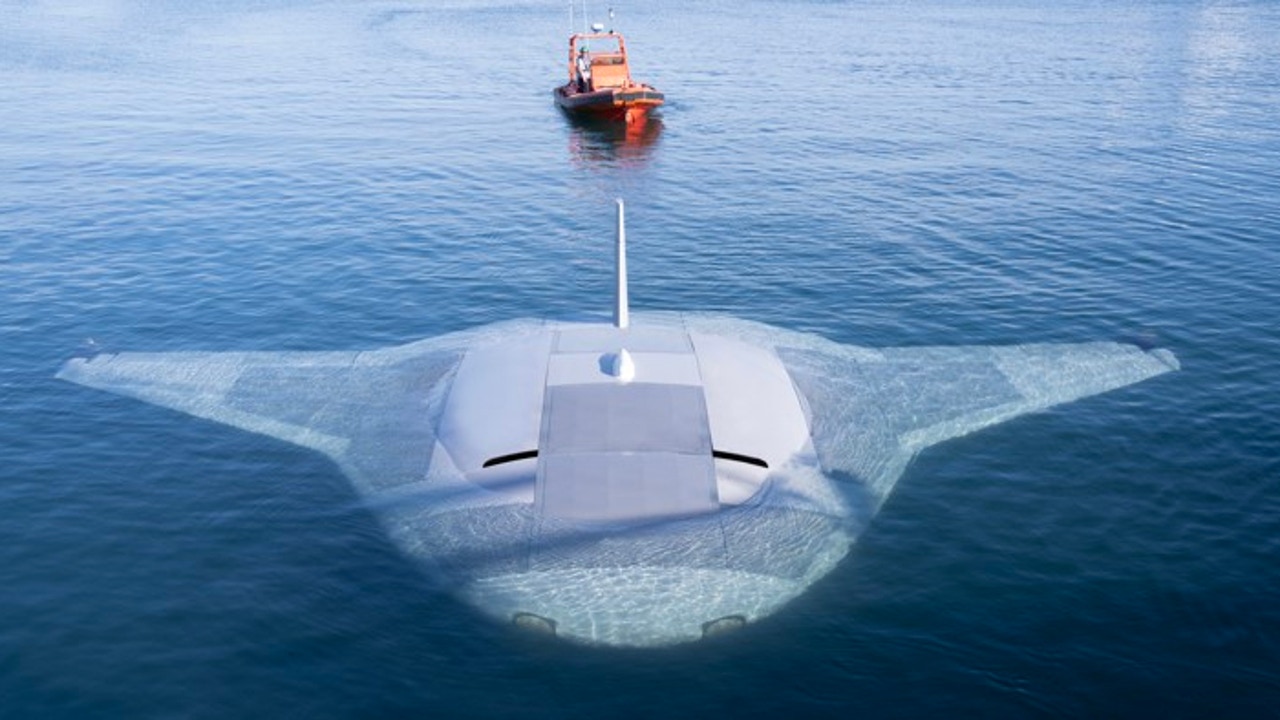A little less than a month ago we talked about the Manta Ray underwater drone developed jointly by the DARPA agency and the Northrop Grumman company. Now, after five years of development, it has passed successfully its first test in a real setting: the ocean.
This huge underwater drone, built to dive into the oceans for weeks without refuelingpassed initial tests off California, DARPA announced.
“Our successful full-scale test of Manta Ray validates the vehicle's readiness to advance toward real-world operations,” said program director Kyle Woerner. The drone, several times larger than a lifeboat, demonstrated multiple modes of propulsion and steering, according to the release.
Manta Ray's five-year effort aims harness the movement of the ocean to power a submersible drone which could stay out much longer than current underwater drones. These drones could help search for Chinese or Russian submarines.
But the United States is not alone in trying to build long-range, highly autonomous, fuel-independent subdrones. In January 2023, Russia announced that had produced a long-range underwater drone, called Poseidon. It looks a lot like a torpedo, but powered by nuclear energy and capable of carrying a nuclear warhead. But DARPA and the US military are looking for something very different in Manta Ray, and not just because it avoids nuclear power.
“One thing you notice in the design of underwater vehicles is that you can usually have a vehicle that sails for very long periods of time, but it can't actually carry anything with it,” Woerner adds. But if you want something that may carry a sensor or payload that may be larger or heavier, or has a higher energy consumption, tends to require a more traditional underwater vehicle, driven by propeller in most cases. And these do not have anywhere near the resistance that DARPA is looking for.”
The ocean itself is full of potential sources of energy, such as currents, waves, and even subtle differences in water temperature or salt levels. But there is no single perfect source of ocean energy for what DARPA is trying to achieve.
“If you're interested in maybe closer to the surface transportation, wave energy is a really great resource, most of the wave energy is distributed near the surface,” explains Sandia National Laboratory engineer Kelley. Ruehl, also involved in Manta Ray -. If you want to go to deeper waters, that means wave energy wouldn't be a great resource for that. Then we can use the tidal streets, highways of the sea that are unique places in the world.”
The new step of this underwater technology is Test how long Manta Ray can stay underwater and how efficient the different energy methods it uses to perform surveillance and threat detection tasks are. Whether it will have weapons or reaction capacity in this sense is something that is not yet known.

